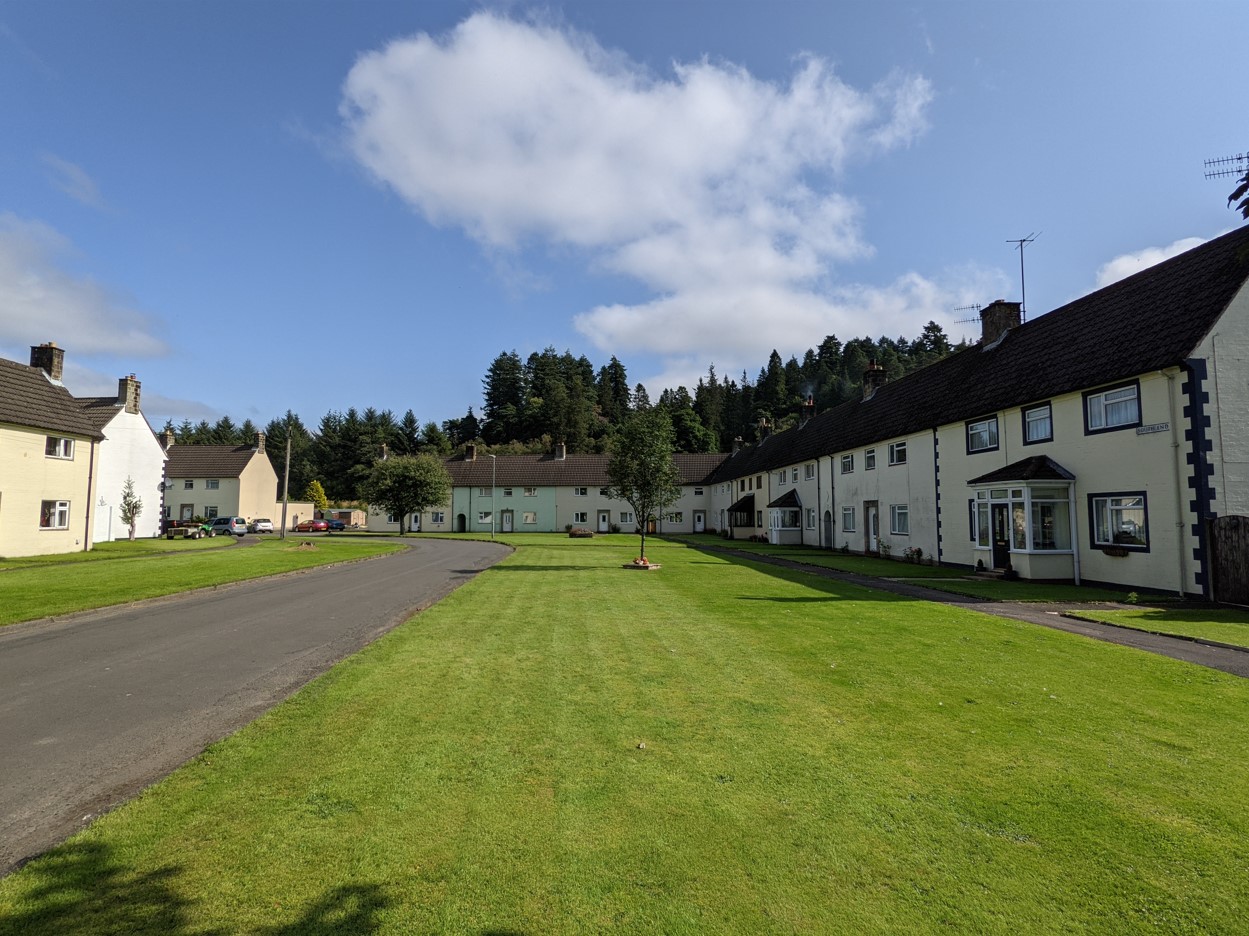Lewisham have published a Scoping Report relating to the Sustainability appraisal and Strategic Environmental Assessment of their proposed Catford Town Centre Area Action Plan. It appears to have been put together by consultants Mouchel and then been put out for consultation by LB Lewisham without anybody bothering to check the document. If it was just a case of laughing at the poor choice of photographs by the consultants then it would not be so bad, but look through the document and total ineptitude reveals itself.
We are told that:
"This scoping report for the Catford APP will go out for public consultation in order to give members of the public the opportunity to comment on the issues and topics covered."and;
"This section of the report identifies key baseline information relating to facts about Catford Town Centre and some demographics of the London Borough of Lewisham and the Rushey Green Ward (within which Catford Town Centre is located)."and also;
"The Rushey Green electoral ward covers most of central, northern and western Catford."but we are not told either in the text or by way of a map / illustration what area is actually meant by Catford Town Centre. Now everybody in Lewisham probably knows where Catford is, but (for example) are any of the surrounding residential streets included in the area the Scoping Report. How can the public "comment on the issues and topics covered" if we are not told what area the report relates to.
The report can be accessed at:
http://lewisham-consult.limehouse.co.uk/portal/planning_policy/catford_scoping






























































